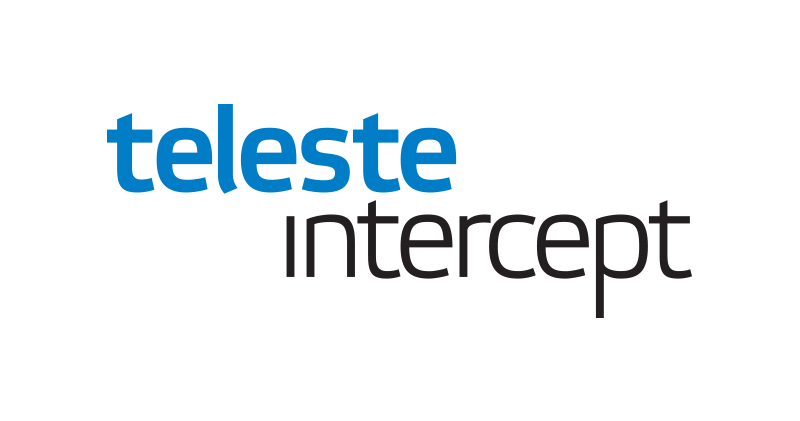Moving Towards 1.8 GHz Networks — What Does It Mean For Operators Today?
By Steve Condra – In 2019 Teleste took the initiative to help operators in their 1.8 GHz considerations and performed measurements in a real network environment [2] to find out what can be expected of 1.8 GHz capable network elements and how operators can obtain the most out of their networks with minimal changes. The study focused on two questions:
Read More





